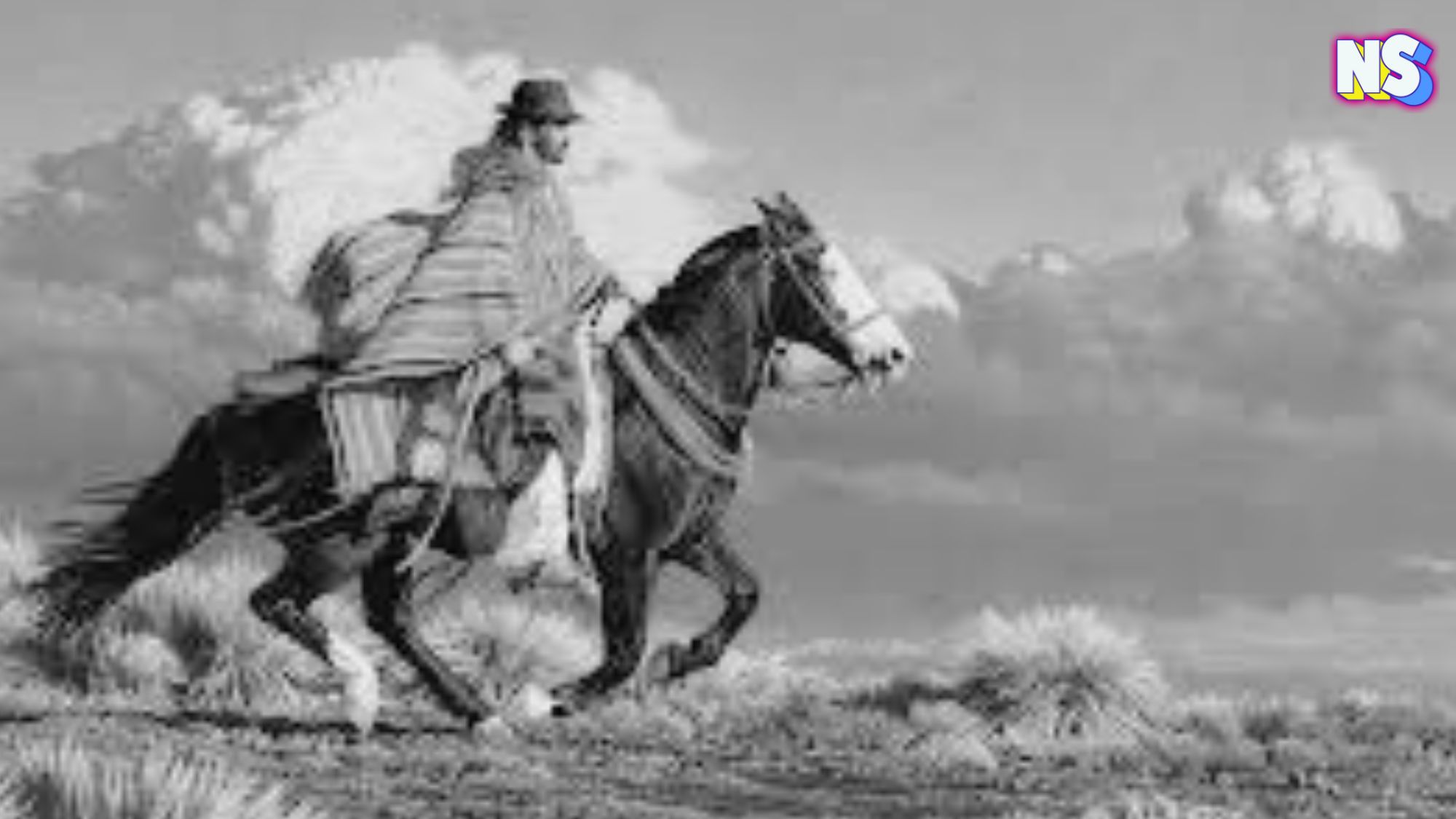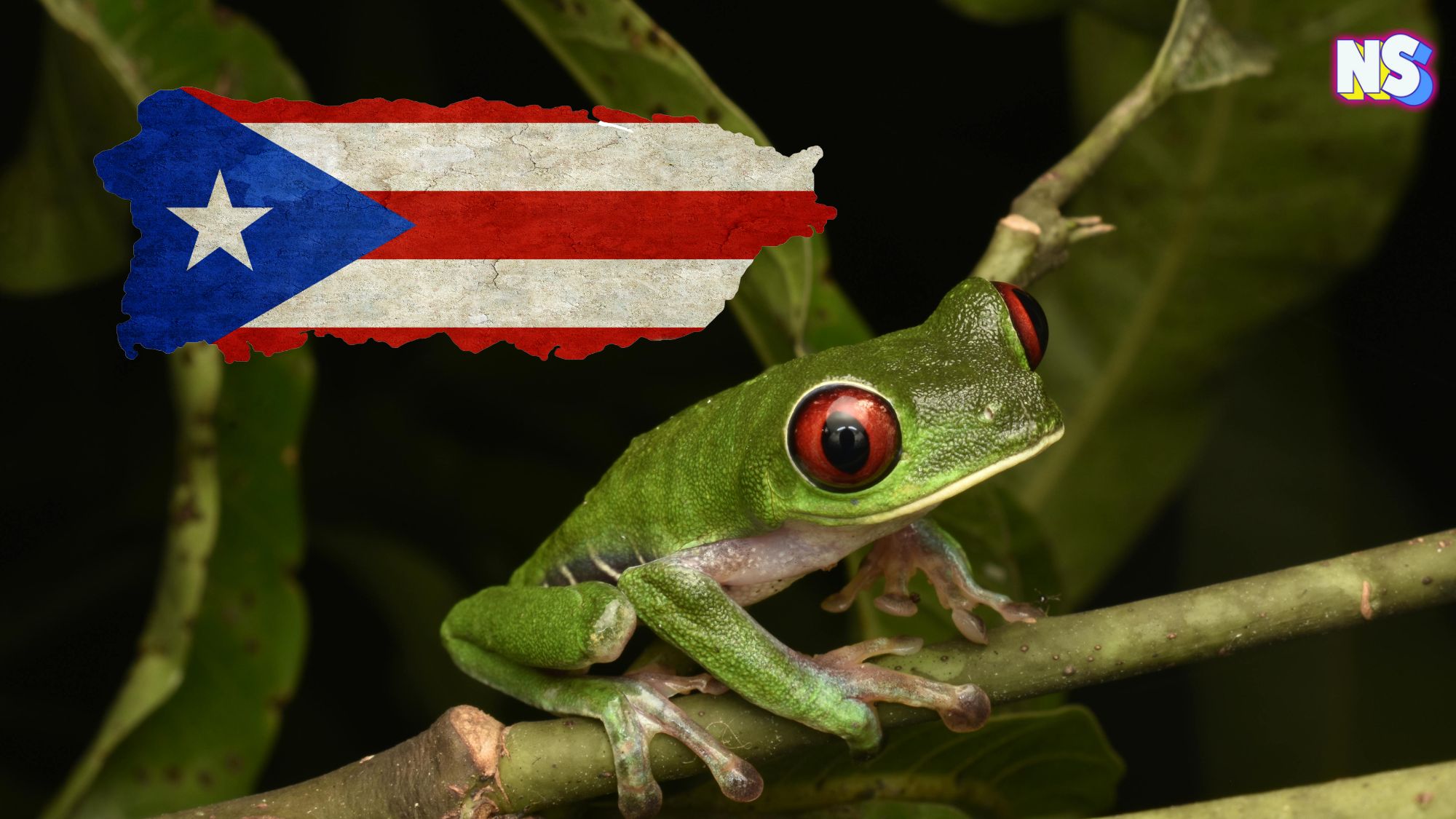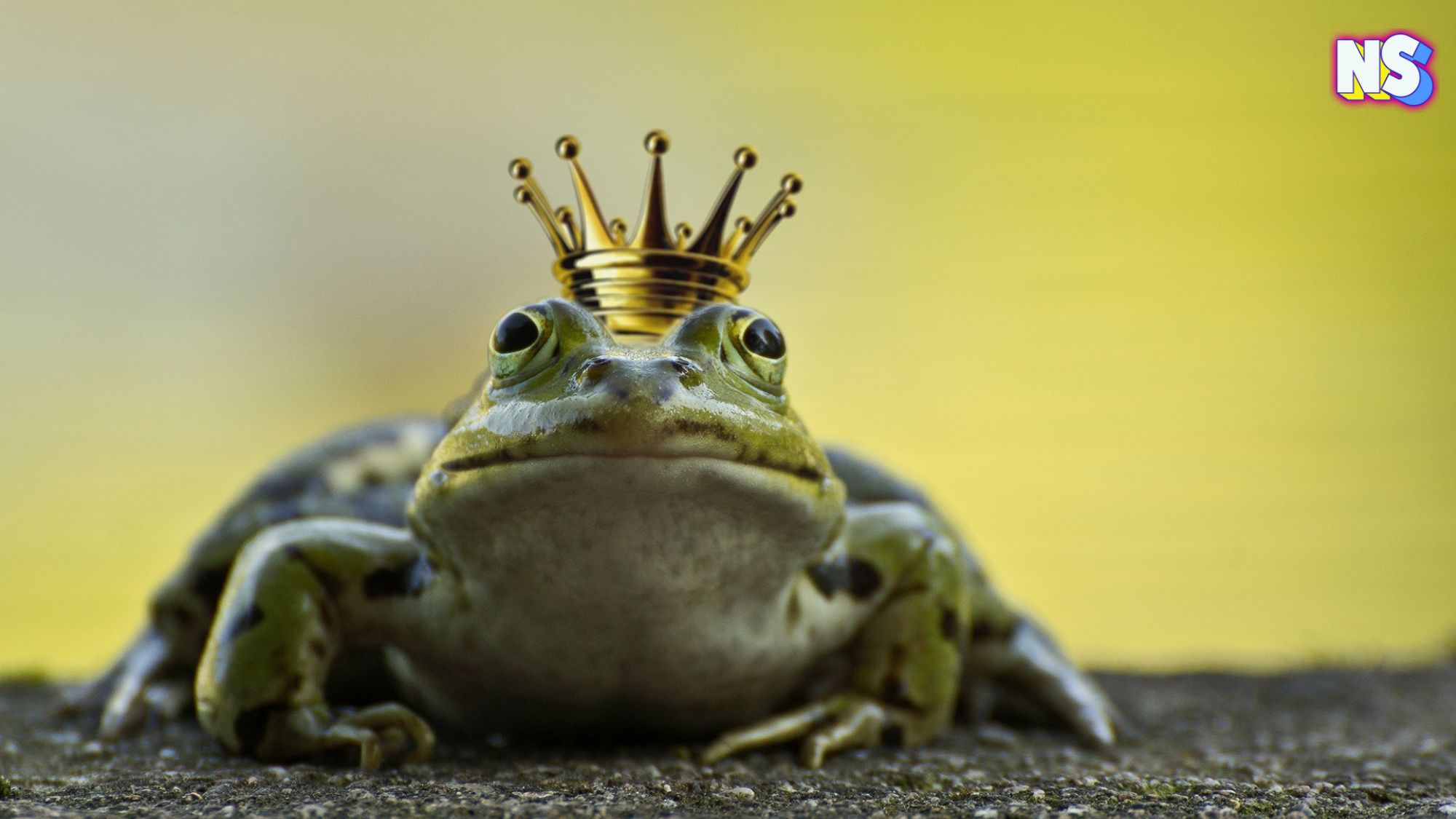In the highlands of Chumbivilcas, Cusco, Peru, 12,000 feet above sea level, you’ll find Qorilazos. They’re a group of Peruvian vaqueros, the little-known horsemen and women of the Andes. But, unlike Hollywood cowboys, these riders are the real deal and have stayed away from the spotlight … until now.
A recent social media post about the Qoritlazos by the Peruvian outlet Somos El Comercio, and its sister publication, El Comercio, which has over 3 million online followers, has begun to quietly circulate. And it’s stirring up curiosity and converation. For those who have never heard of Qorilazos, it’s a first glimpse into a centuries-old equestrian tradition. For others, it’s nostalgia.
“In the heart of Chumbivilcas, Cusco,” El Comercio explains, “the horse is a means of transport, a companion of work, and an emblem of a cattle culture comparable to that of the North American cowboy. Passed down from generation to generation, this tradition lives on in races, rodeos, and the proud figure of the Qorilazo.”
So why has one of the oldest and proudest riding traditions in the Americas gone overlooked for so long? And what does it mean now that people are finally paying attention?
Peru’s Secret Qorilazos are Gaining Attention
Online, those who grew up knowing the world of the Qorilazos spoke up. One woman commented: “My grandfather, may he rest in peace, was one of them, born in Chumbivilcas. I’d love to know more about him … I don’t know where to start!”
Others proudly honored their lineage: “Beautiful land of my parents. I honor my ancestors and their customs.”
One commenter recalled tales passed down from an elder: “My grandfather used to tell me about the people of Chumbivilcas—independent, proud, untamable.”
Cowboys Came Later
While the post compares Qorilazos to North American cowboys, some pushed back against the framing. Their point? Qorilazos aren’t Peru’s version of the American cowboy. These vaqueros came long before their North American counterparts.
“There’s no need to compare ourselves to cowboys. They came centuries after the Qorilazos. In fact, cowboys were modeled after Spanish riders like the ‘Dragones de Cuera.’ Say it with pride: we came first. They are like us—not the other way around,” an online user wrote.
RELATED POST: Potatoes Aren’t Irish! They’re 100% Peruvian, and We’ve Got the Receipts!
The name Qorilazo comes from the Quechua words qori (gold) and lazo (lasso), forming a symbol of honor and skill. These highland herders rely on their horses for transportation, managing livestock, traveling long distances, and settling community matters. And they’re living history in motion.
Long-buried Pride
The Qorilazo tradition isn’t isolated. In the comments, people pointed out similar cultures elsewhere in the Andes. According to a local, “In Cangallo, Ayacucho, there are the Morochucos, the riders of the Andes. Their history is intertwined with Peru’s, including the fight for independence.”
“There have been horse breeding competitions every year for more than two centuries,” another added.
These regional variations highlight a truth often overlooked: the Andes have long been home to skilled horsemen with rich and complex traditions. And now, thanks to social media, the world is learning more about it all.
What began as a quiet post on Instagram has turned into something else entirely: a digital thread connecting people to forgotten stories, regional history, and long-buried pride.
“I wish I could be one of them,” someone wrote. “More stories like this, please!”
Featured image details: A Peruvian Morochuco peruano, from the Peruvian Andes, courtesy of WikiCommons.





